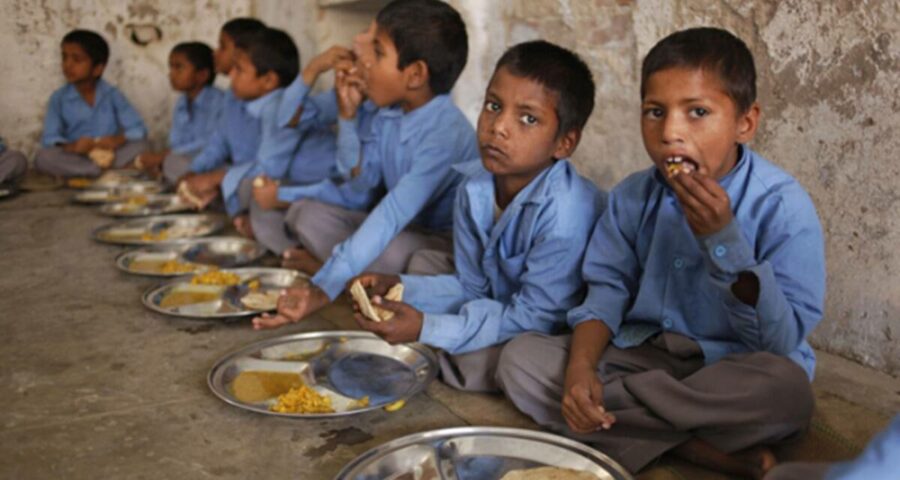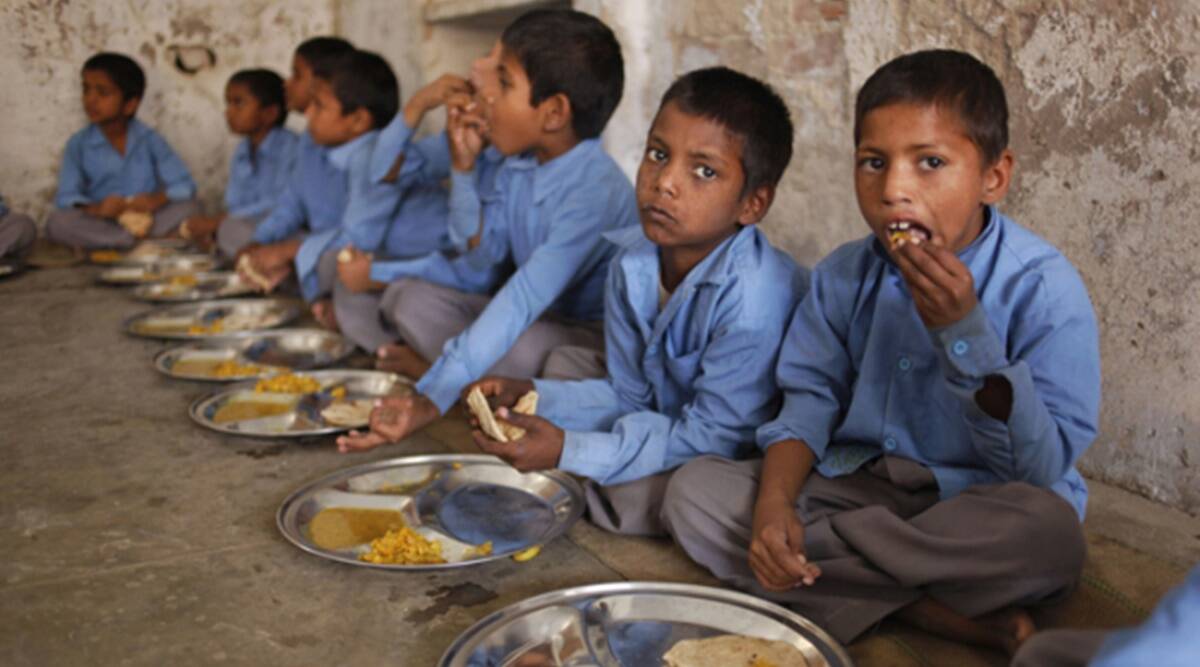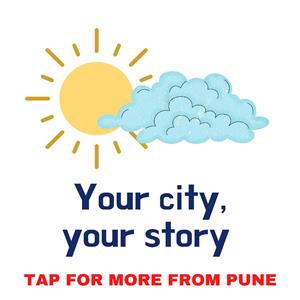The first nationwide lockdown in 2020 affected food supply chains, making it harder to access perishable nutritious foods like fruits, vegetables, poultry and meat, at least for some time.
This September, the national nutrition month is being celebrated with the theme ‘Converging towards a healthy walk through life’. Dr Hemalatha R, Director Indian Council of Medical Research-National Institute of Nutrition (ICMR-NIN), speaks to The Indian Express on the overall aim to create a people’s movement for nutrition.
On the significance of Poshan Maah
Poshan Abhiyaan or the National Nutrition Mission is India’s flagship programme launched in March 2018 to improve the nutritional status of children up to six years, adolescent girls, pregnant women and lactating mothers. The aim of the programme is to reduce stunting, underweight, and low birth weight by 2 per cent every year; and anaemia among young children, adolescents and women by 3 per cent per year by 2022.
Poshan Maah is celebrated in the month of September with an aim to ensure community mobilisation, augment people’s participation, and create a Jan Andolan (people’s movement) for nutrition. This year, we have four themes for the four weeks, with a focus to improve holistic nutrition. They are: plantation drive in the first week; yoga and nutrition in the second week; awareness activities related to breastfeeding, complementary feeding, anaemia, eating healthy, hygiene and sanitation in the third week; and a drive to track and treat SAM children for the fourth week. During this month, activities related to nutrition awareness are being carried out in all the states and union territories from the top to the grass roots level.
On how the pandemic affected malnutrition
The primary causes of under nutrition are immediate (infection and diet), underlying (household food insecurity and unhealthy environment) and basic (social, economic and political). The pandemic has affected multiple facets of life, influencing almost all of these causes.
The first nationwide lockdown in 2020 affected food supply chains, making it harder to access perishable nutritious foods like fruits, vegetables, poultry and meat, at least for some time.
Improving maternal and child nutrition is a high priority for the government. The Poshan Abhiyan faced several challenges in the face of Covid-19 and tackling malnutrition has become even harder. Several innovations and context specific innovations were evolved by state governments to ensure that supplementary feeding programmes are supported against all odds. After the first wave, the Poshan Abhiyan has been intensified in the form of Mission Poshan 2.0. It is envisioned to control the backsliding of nutrition indicators.
On India’s double burden, under nutrition and obesity
Double burden of malnutrition is the “coexistence of under nutrition along with overweight, obesity or diet-related non-communicable diseases (NCDs)”, within individuals, households and populations, and across the life-stage. With a shift in dietary patterns, consumption of energy dense foods and reduced energy expenditure, we are moving from a predominance of under nutrition in populations to higher rates of overweight, obesity and NCDs. This trend is seen even in rural areas and economically deprived groups.
– Stay updated with the latest Pune news. Follow Express Pune on Twitter here and on Facebook here. You can also join our Express Pune Telegram channel here.
The rapid intergenerational changes in lifestyle resulted in coexistence of overweight and under nutrition within individuals, households and populations.
Source: Read Full Article




